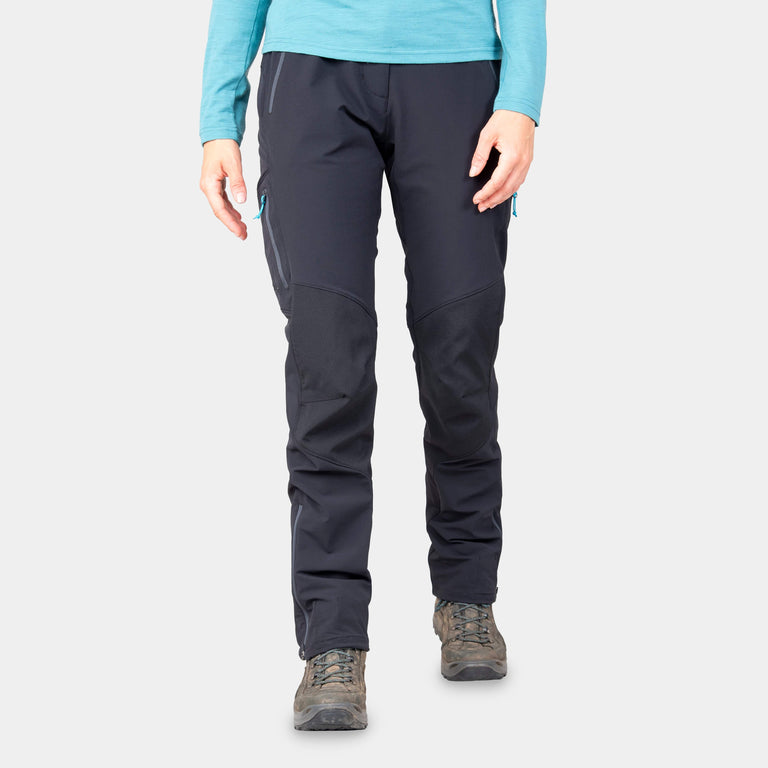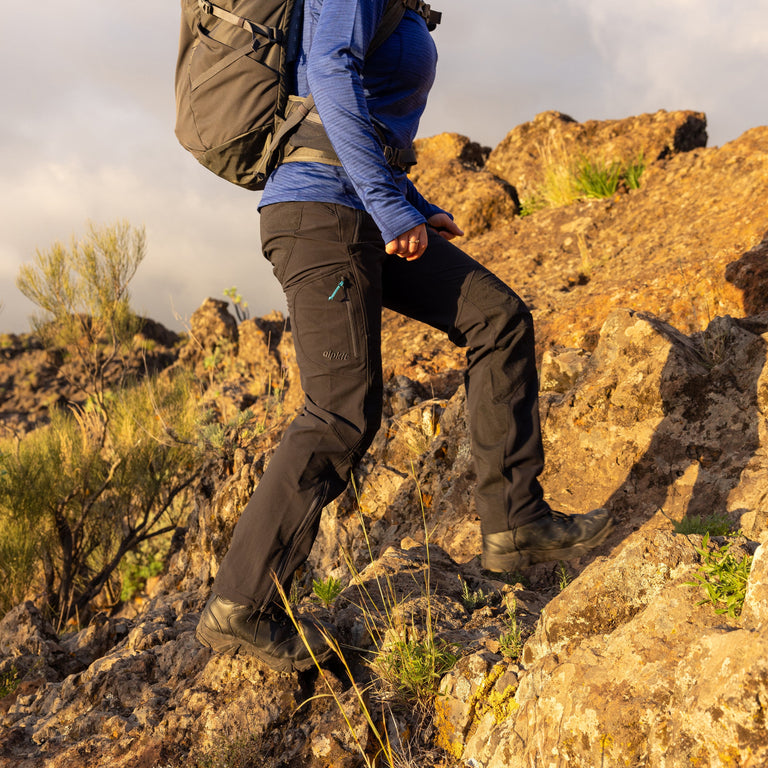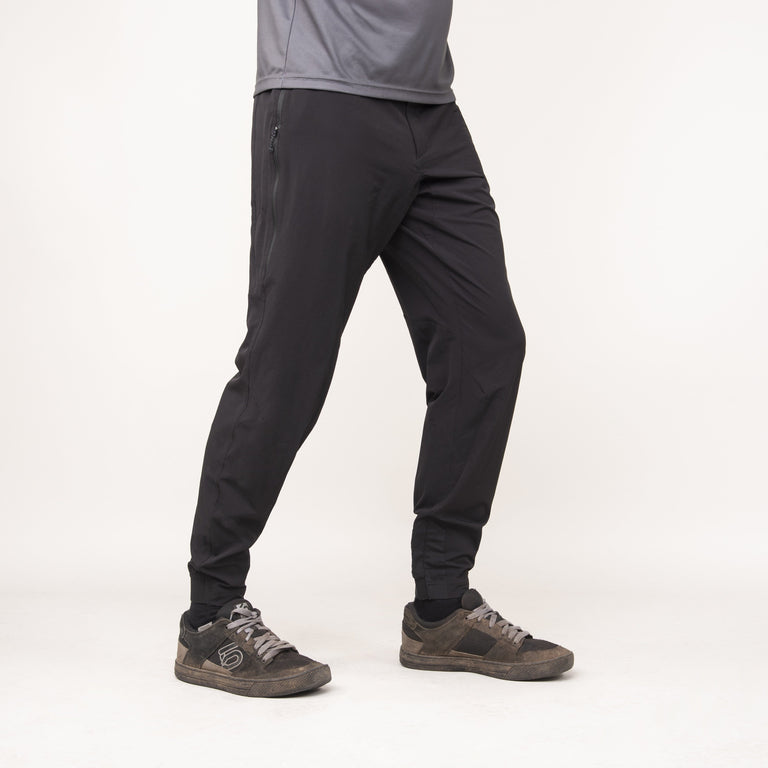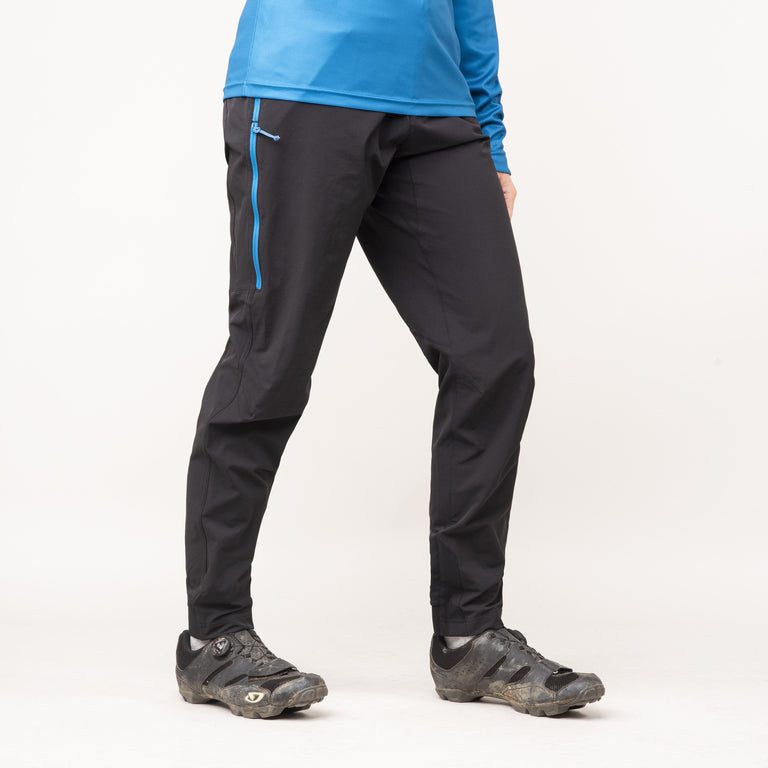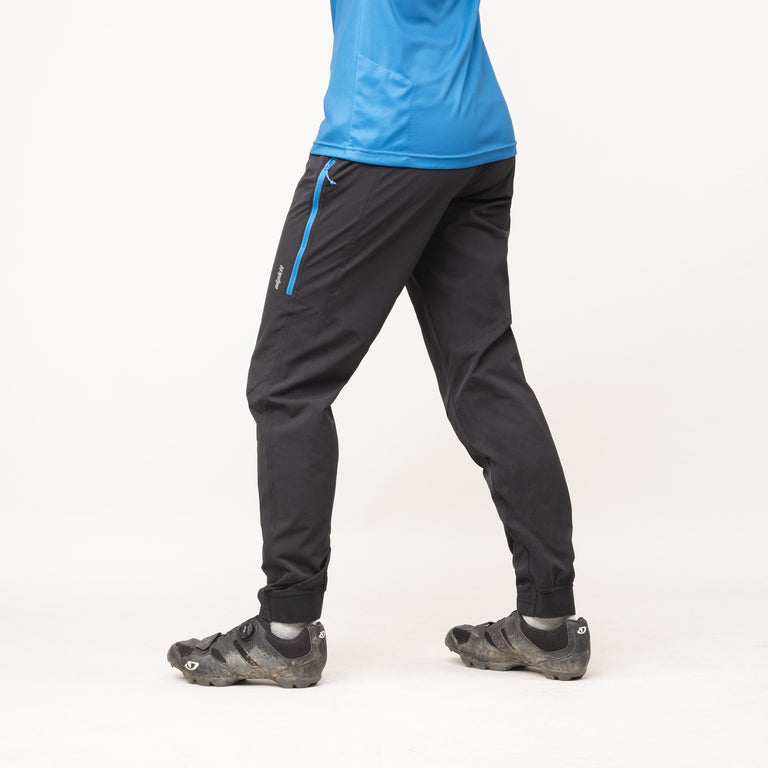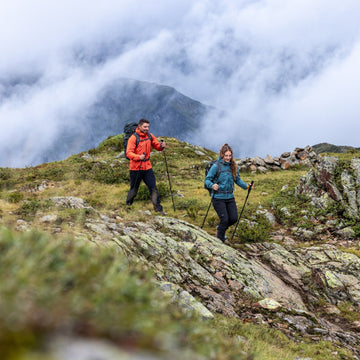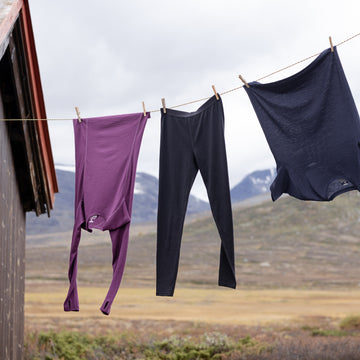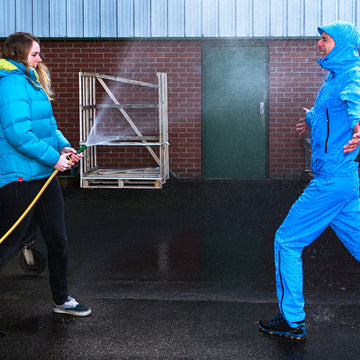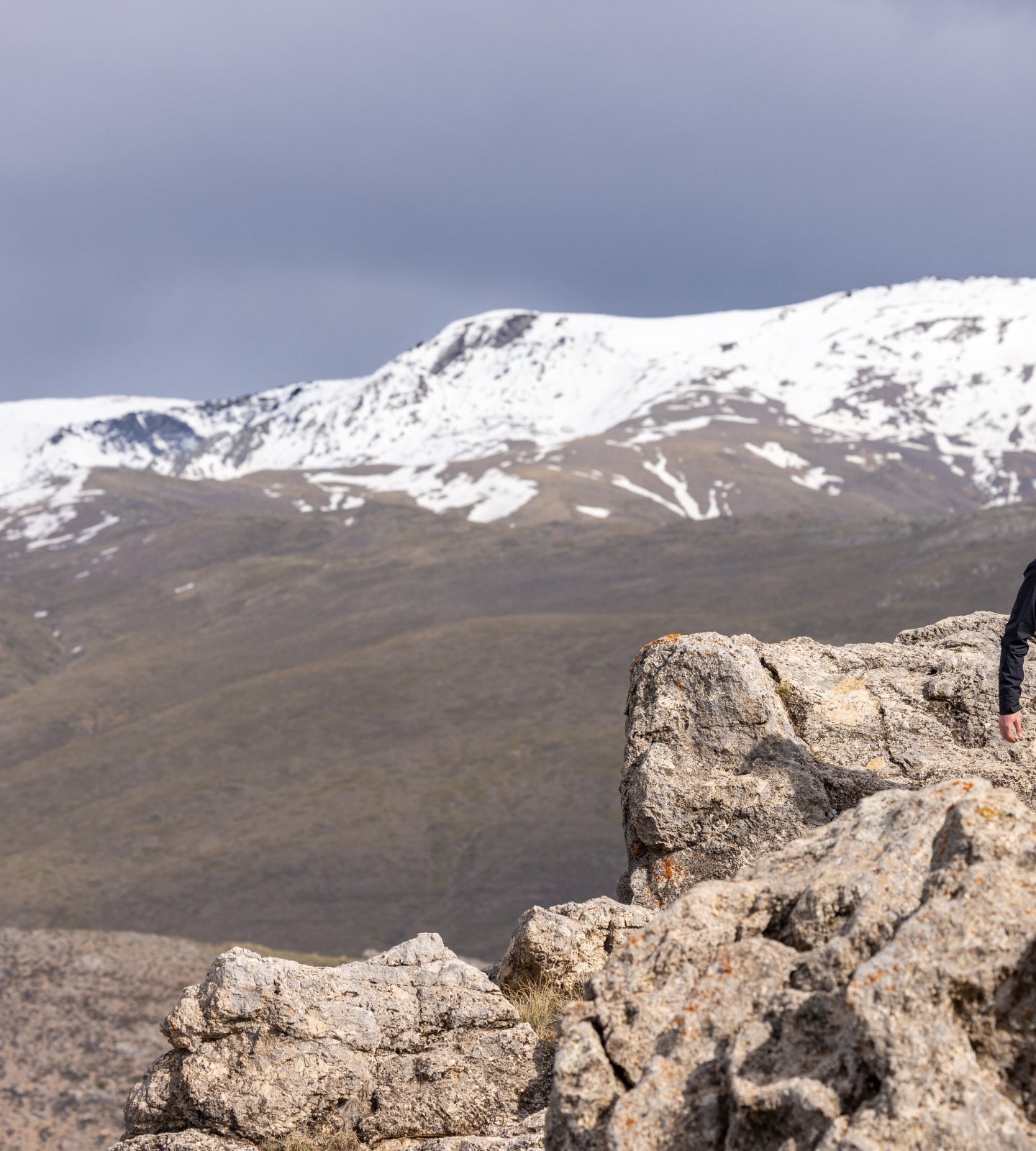
Stay dry and comfortable on spring hillwalks with our seasonal clothing guide. Learn what layers to pack for changeable conditions.
Little by little, the days start to stretch out longer. The hills and woodlands become a little greener and the wildlife gets friskier as activity returns to our outdoor spaces.
Jan 1st might be the official start to the year, but for many of us, it is this change in the seasons that is the trigger we need to pull on our boots and put a spring into our step.
The Challenge of Hillwalking in the Spring
The spring is an inviting time of the year to start walking again, but it does come with a few interesting challenges. It is an undecided season that fluctuates between extremes. Heatwave in March, snow in April, April showers in May, and storm winds, well these can blow up at any time.
If you are stepping out in the Spring, it is best to be prepared for anything.
Choosing the right clothing for hillwalking in Spring
You cannot predict the weather, and you cannot carry everything you might need, so what do you wear? Fortunately there is a simple answer.
Layer your clothing
One of the most effective ways to regulate your body temperature during a spring hike is by adopting a layering system. This technique not only ensures comfort but also allows you to adapt to sudden weather changes, which as we know, are frequent during this time of year.
How to layer your clothing
By understanding the roles of the different layers, you will be better prepared for your hikes.
There are three basic components of the layering system: base layer, mid layer, and outer layer.
- Base Layer: This is the layer closest to your skin. Its job is to keep you dry by wicking away sweat. Opt for materials like merino wool or polyester.
- Mid Layer: This provides insulation to keep you warm. A lightweight fleece, natural wool or down jacket is ideal, as it can be easily removed if the weather warms up.
- Outer Layer: This is your weather shield, protecting you from rain and wind. Look for a breathable, waterproof jacket with adjustable features (like hood, cuffs and pockets).
Additionally, lightweight accessories such as a hat and gloves can provide warmth with value far beyond the cost of their weight in your pack. The key is to adjust layers according to the weather and your activity level to maintain comfort.
Now, here’s something you might not know: the layering system doesn't always mean more layers—it means smarter combinations.
In spring, you’ll face a mix of warm sun, cool winds, sudden showers and maybe snow. Instead of adding bulky layers, hillwalkers can use active layering to regulate temperature on the go. For instance, lightweight windproof jackets (not just waterproof shells) are key. A thin, breathable windproof layer can block cold gusts without overheating you, offering better comfort during climbs.
Another trick you should be aware of: midlayers with ventilation zones. Some of our more advanced designs include strategically placed mesh panels or half-zips that allow you to dump heat without removing layers—a lifesaver on steep ascents.
Finally, consider layer compatibility. Layers that fit poorly together (e.g., sleeves bunching up inside a jacket) cause rubbing, reduce breathability, and trap moisture. Thoughtfully designed outdoor clothing avoids these issues, reducing bulk in high-movement areas. This balance is crucial in spring, where fast-changing conditions keep you on your toes.
Layering for springtime hillwalking
Base Layer
The base layer is crucial as it sits directly against your skin. Its primary function is to wick away moisture, keeping you dry and comfortable. For spring hillwalking, choose a base layer made of moisture-wicking materials such as merino wool or synthetic fibres like polyester. These materials help manage sweat, preventing that chilly, damp feeling that can occur when you slow down or stop.
Mid Layer
The mid layer serves as insulation, retaining body heat to protect you from the chill. In spring, a lightweight fleece or a thin down jacket works well. The key is to have something that traps warm air but can also be easily removed and packed away when the sun is out and your body is generating more heat due to increased activity.
Outer Layer
Your outer layer, or shell, is there to protect you from the elements such as wind and rain, which spring is notorious for. A good quality, breathable waterproof jacket is essential. Look for one with adjustable cuffs, hood, and hem to effectively seal out wind and rain. A jacket with ventilation zips can be advantageous when you need to cool down without having to take it off.
Legwear
For your lower body, you can choose between hiking trousers or leggings, both offering comfort and flexibility for long treks. When choosing hiking trousers, look for features such as quick-drying and moisture-wicking fabrics to keep you comfortable in changing conditions. Trousers with reinforced knees and seat areas can provide extra durability on rugged trails, while adjustable cuffs and articulated knees allow for a better fit and freedom of movement.
Leggings designed for hiking often feature stretchy, breathable fabrics and flat seams to prevent chafing. Some options may also offer compression support to reduce muscle fatigue and pockets for small essentials. We frequently stash trail snacks in our Koulin Trail Tights.
Buying guide for walking trousers
Accessories
Don't forget about your accessories. Hat and gloves can make a significant difference when the temperature drops unexpectedly. Opt for a lightweight beanie that can fit under a hood or a neck gaiter that covers your ears. Lightweight gloves are a must for keeping your fingers warm and nimble.
Buying guide for walking socks
Adjusting your layers
The beauty of layering is the flexibility it provides. As the day progresses and temperatures change, you can add or remove layers to maintain an ideal body temperature. Pay attention to how your body feels, and don't wait until you're too hot or too cold to make adjustments.
In conclusion, layering for spring hillwalking is all about being prepared for the unpredictable. With the right combination of layers, you can enjoy the outdoors in comfort, no matter what surprises the season has in store.
Spring hillwalking: Clothing checklist
Base Layer:
Mid Layer:
- Lightweight down jacket or a wool jumper or fleece such as the Kelpie recycled polyester fleece
Outer Layer:
- Waterproof and breathable jacket such as the Fortitude
Legwear:
- Unrestrictive windproof trousers such as Chilkoot and waterproof overtrousers such as Cloudburst
Accessories:
- Lightweight beanie or neck gaiter
- Lightweight, windproof gloves such as Aura walking gloves
Footwear:
- Waterproof socks such as Rana
- Moisture-wicking socks such as Liskam merino wool walking socks
- Comfortable hiking boots or approach shoes
Continue your hillwalking adventure
Checkout our other articles on hillwalking and find out more about the layering system for all-year-round hiking comfort.

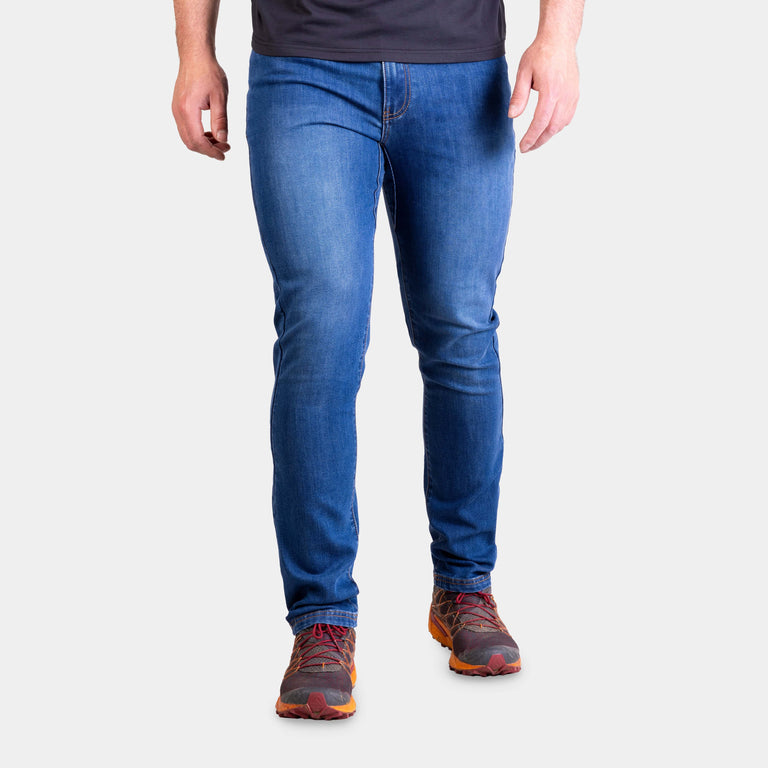
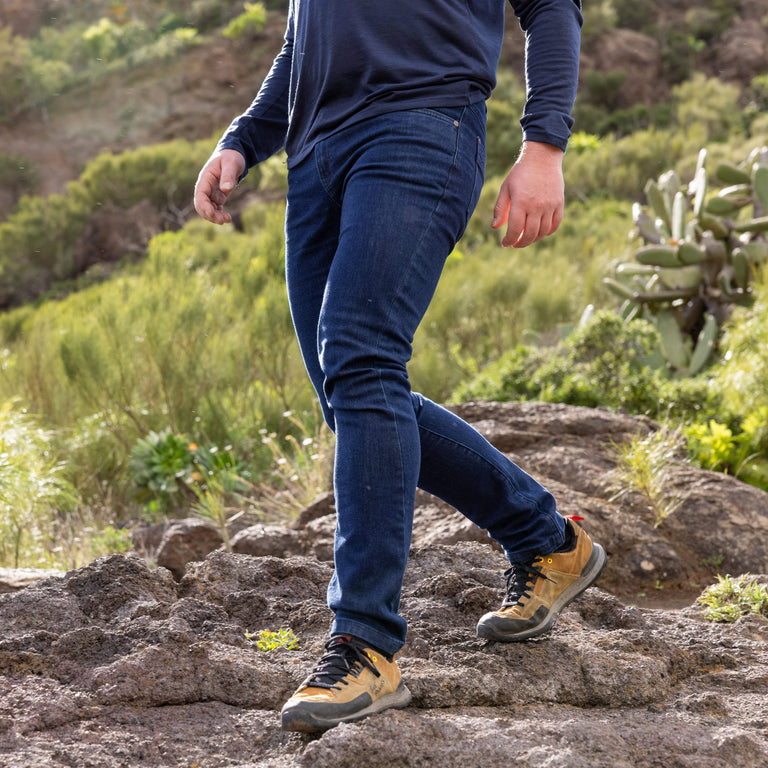
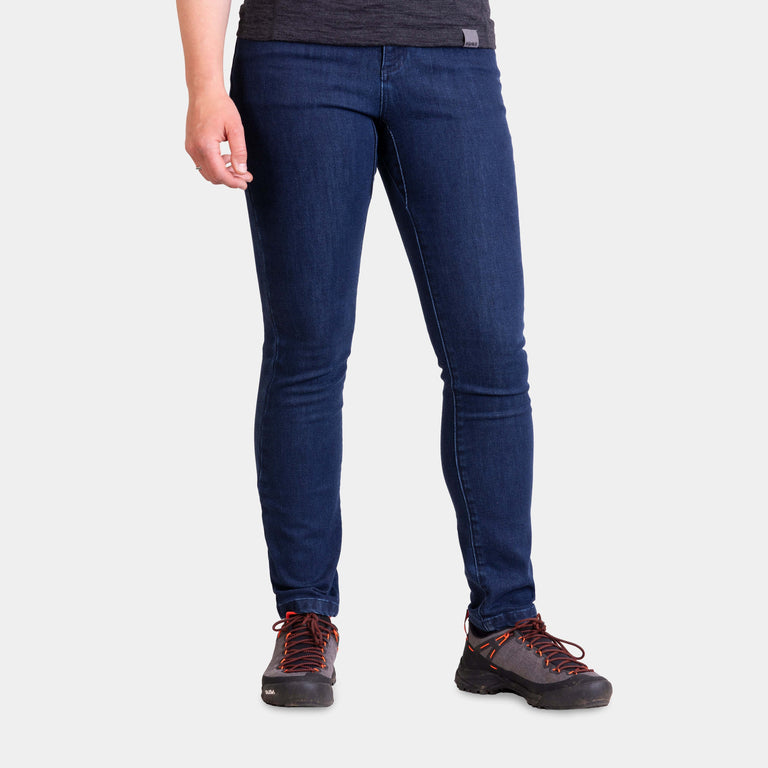
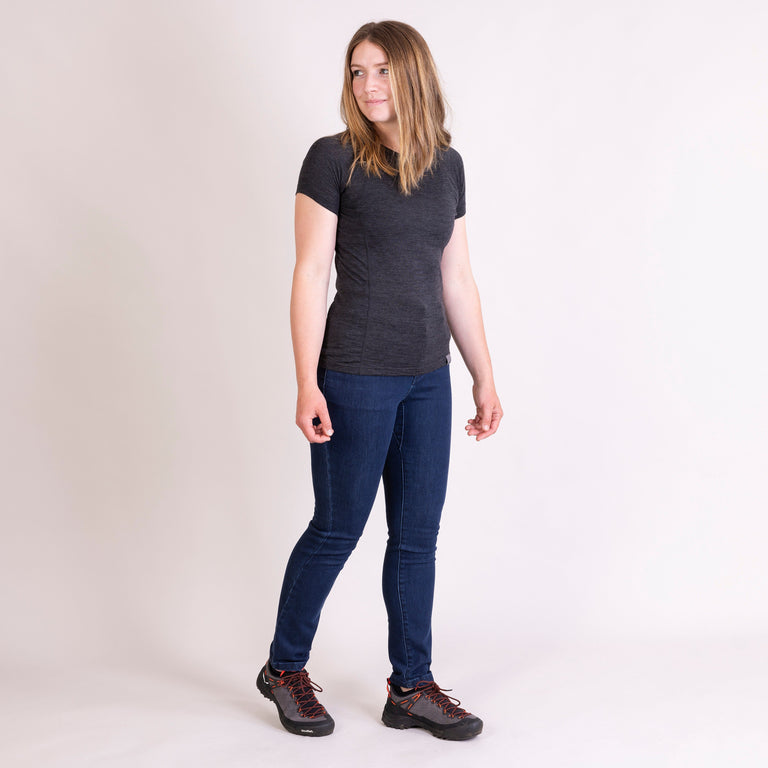
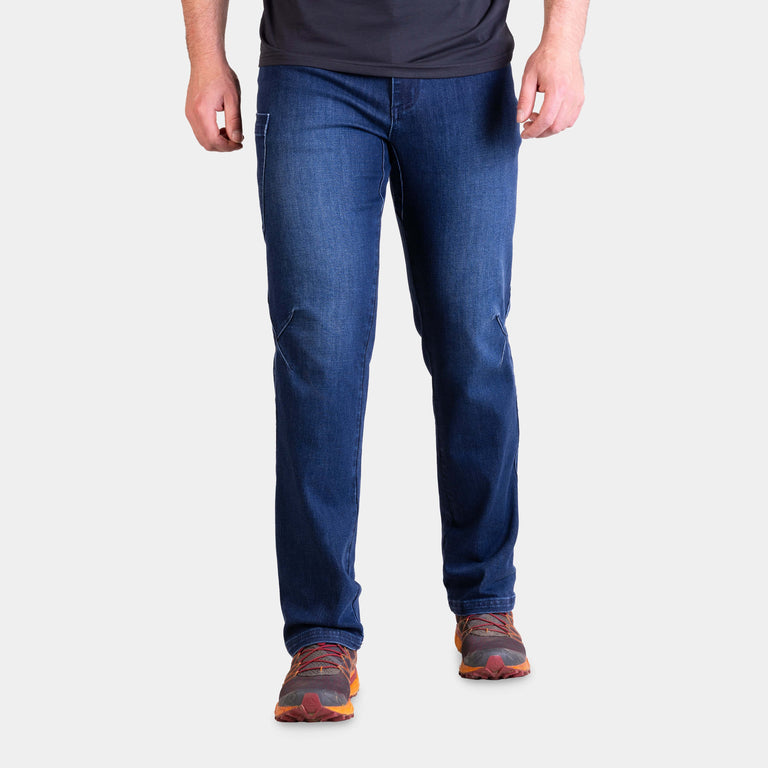
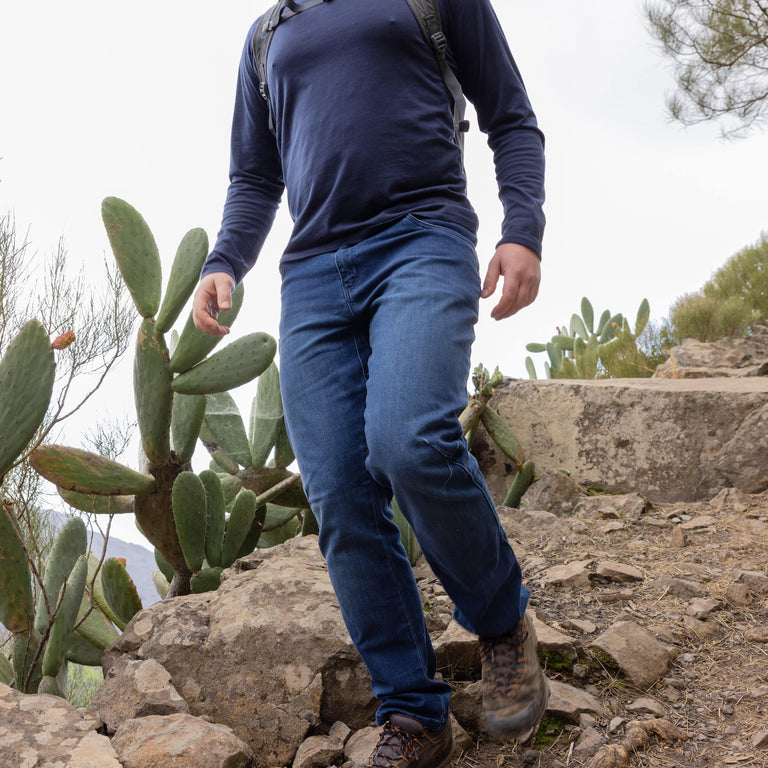
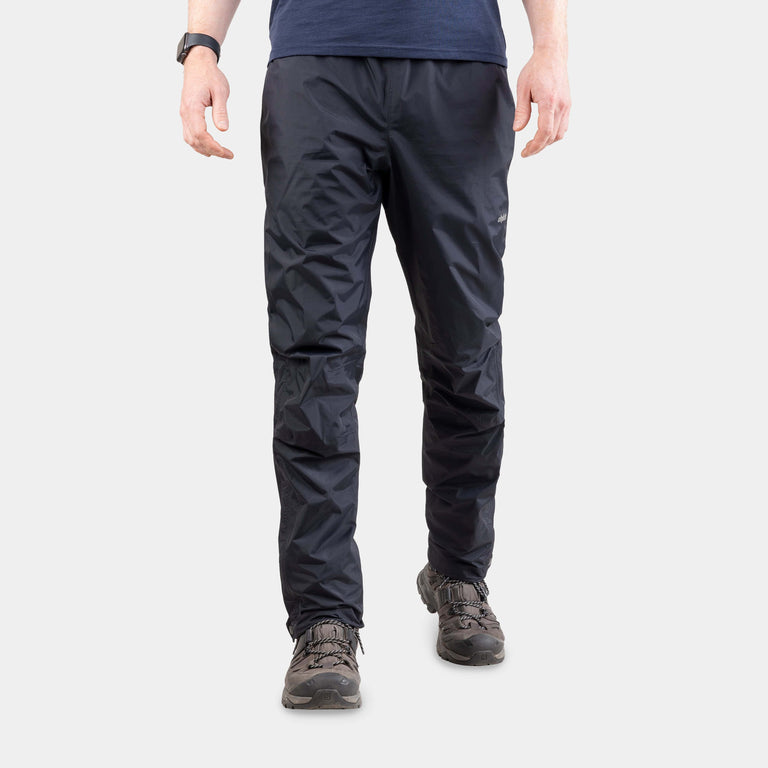
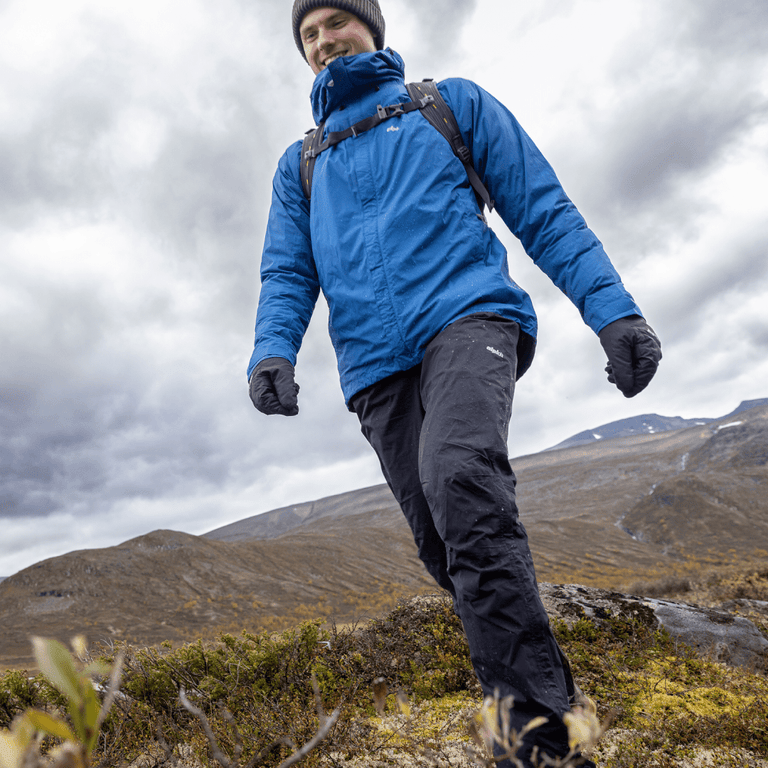
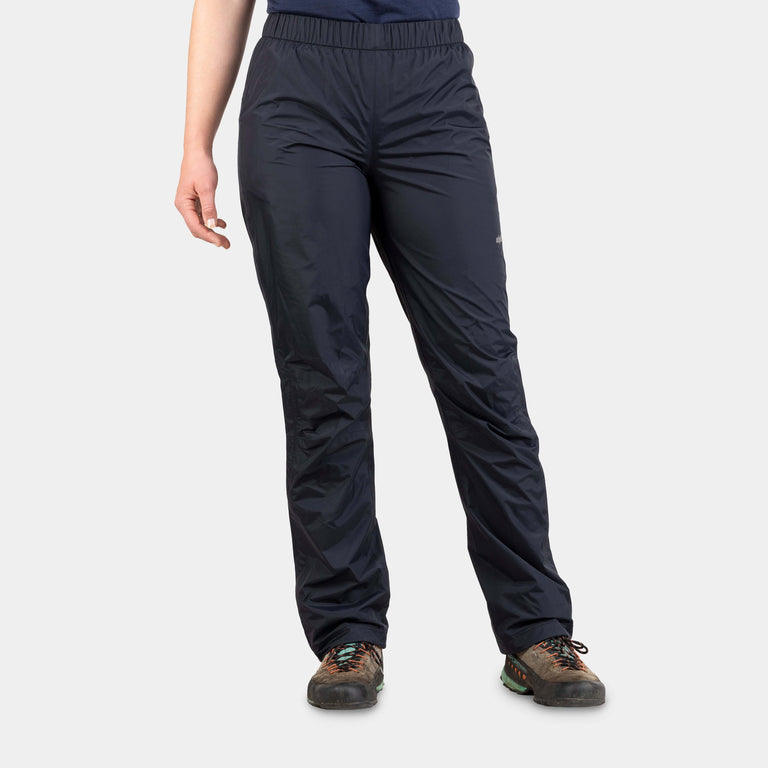
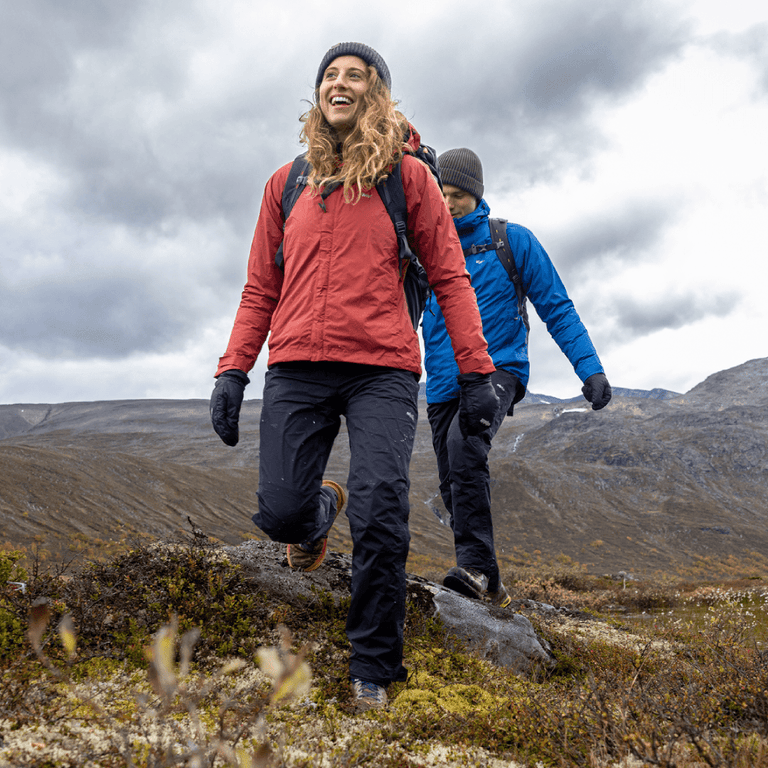
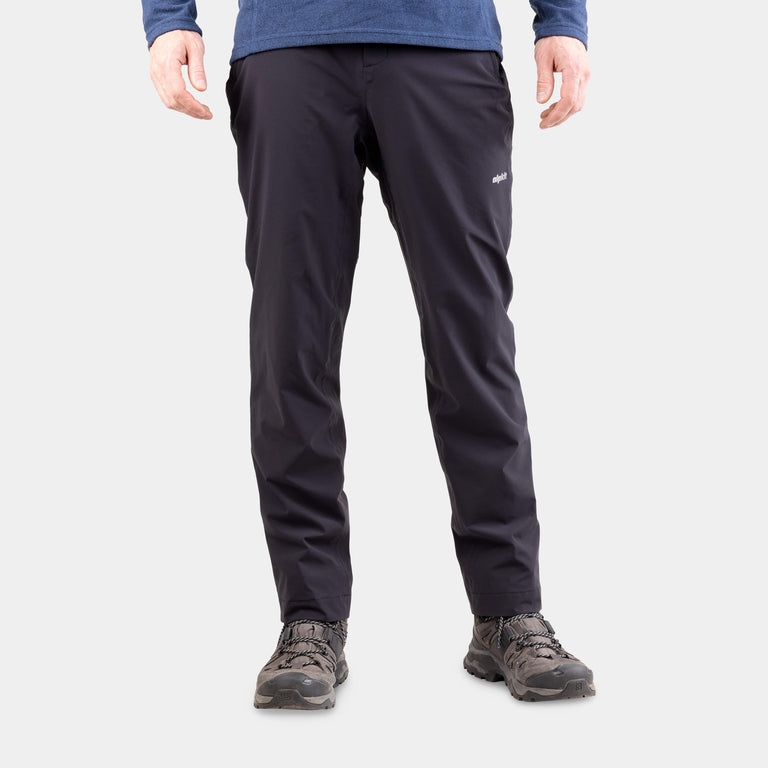
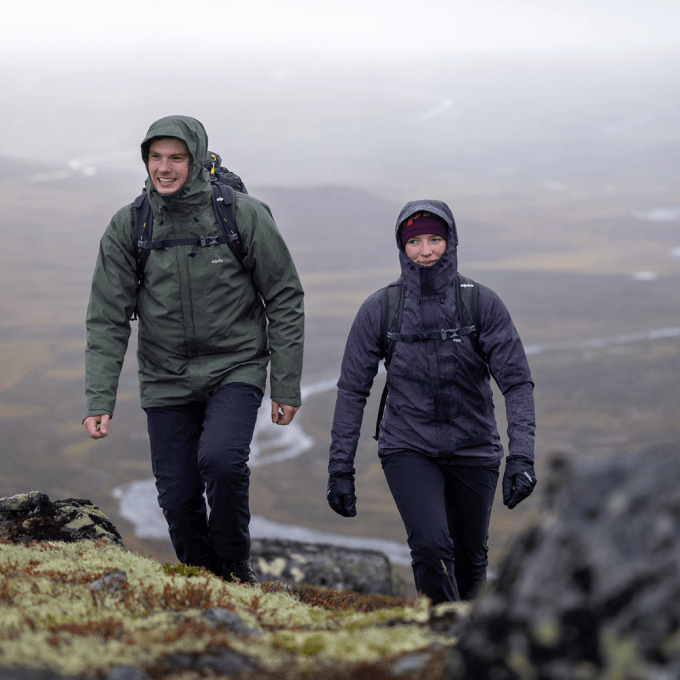
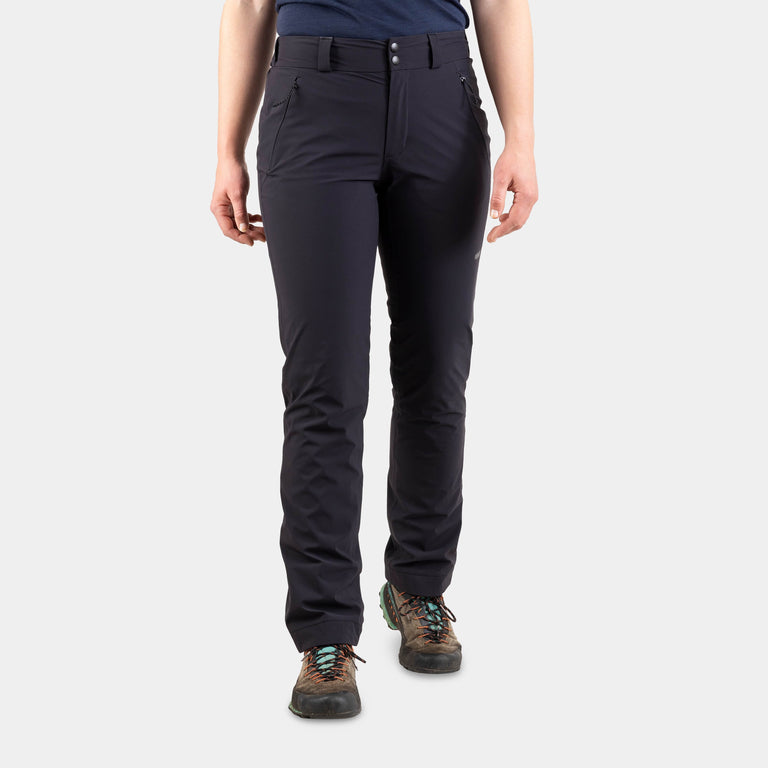
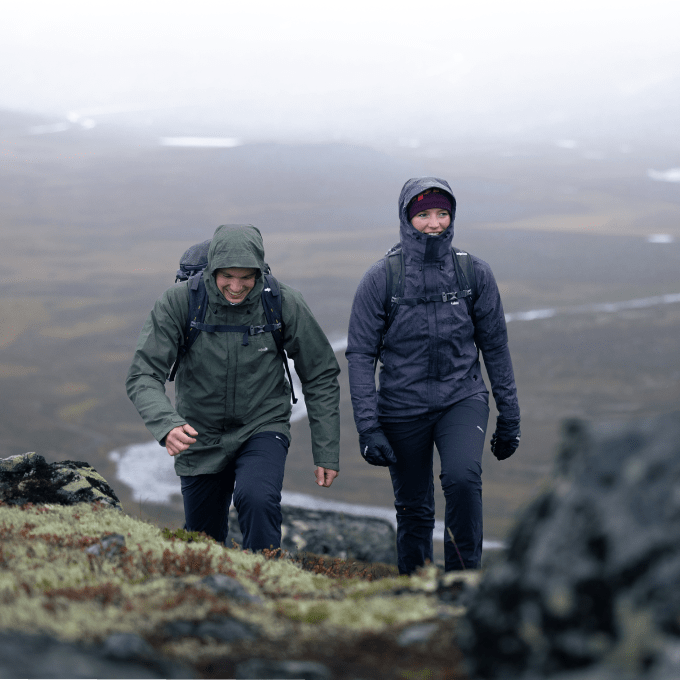
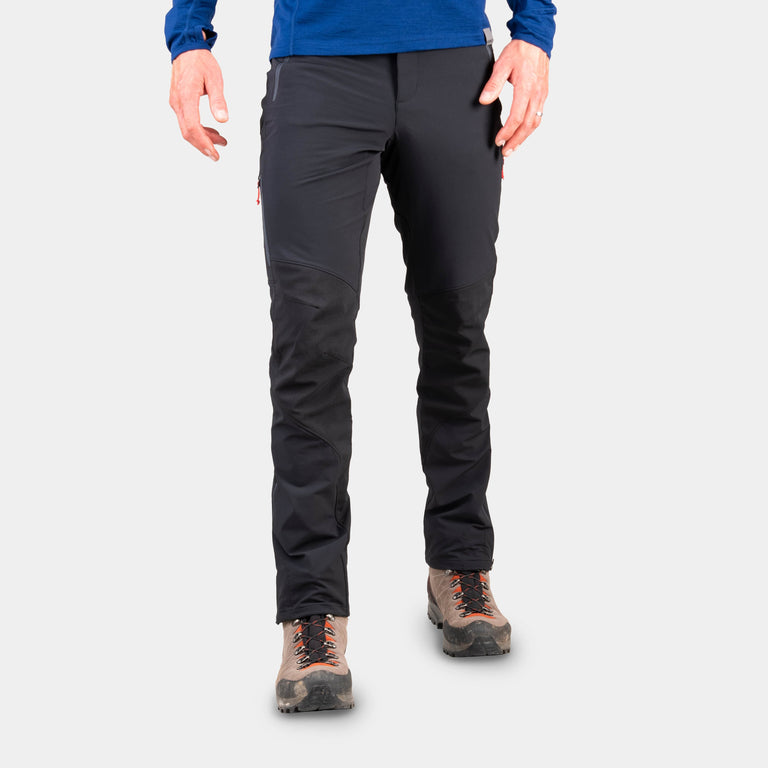
![Ardent [Mens]](http://alpkit.com/cdn/shop/files/Mens_Ardent_waterproof_trousers.jpg?v=1744809895&width=768)
